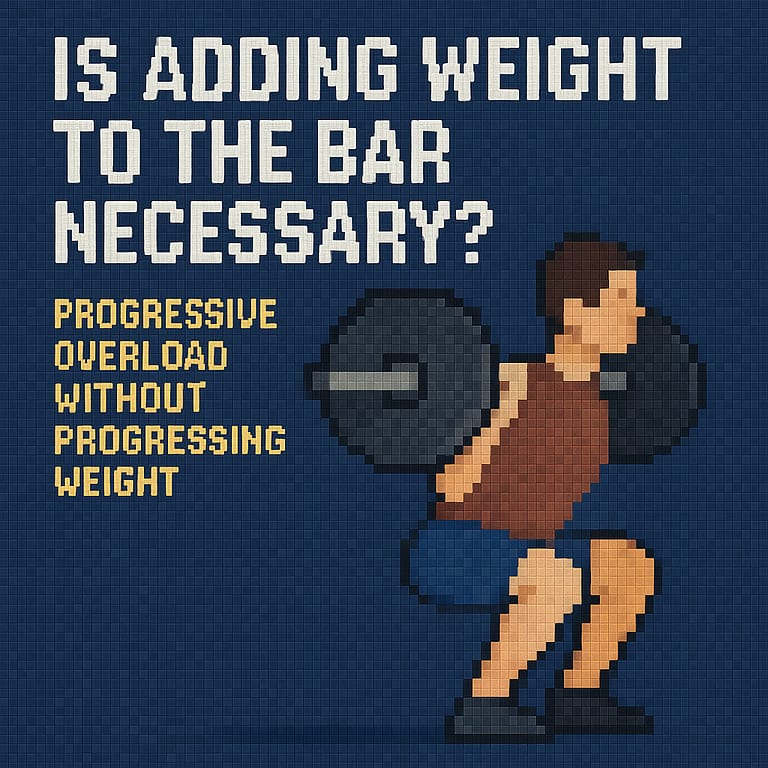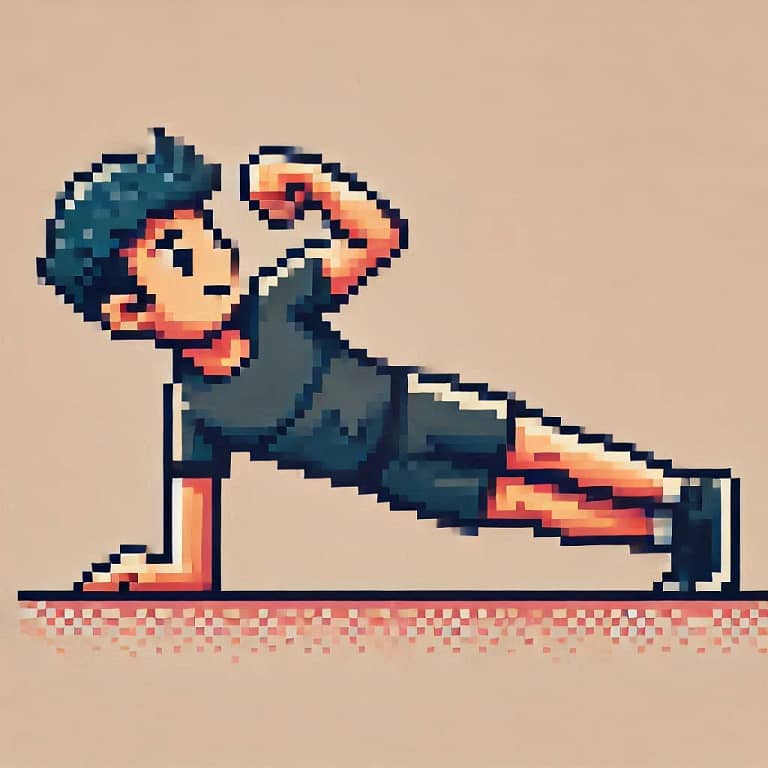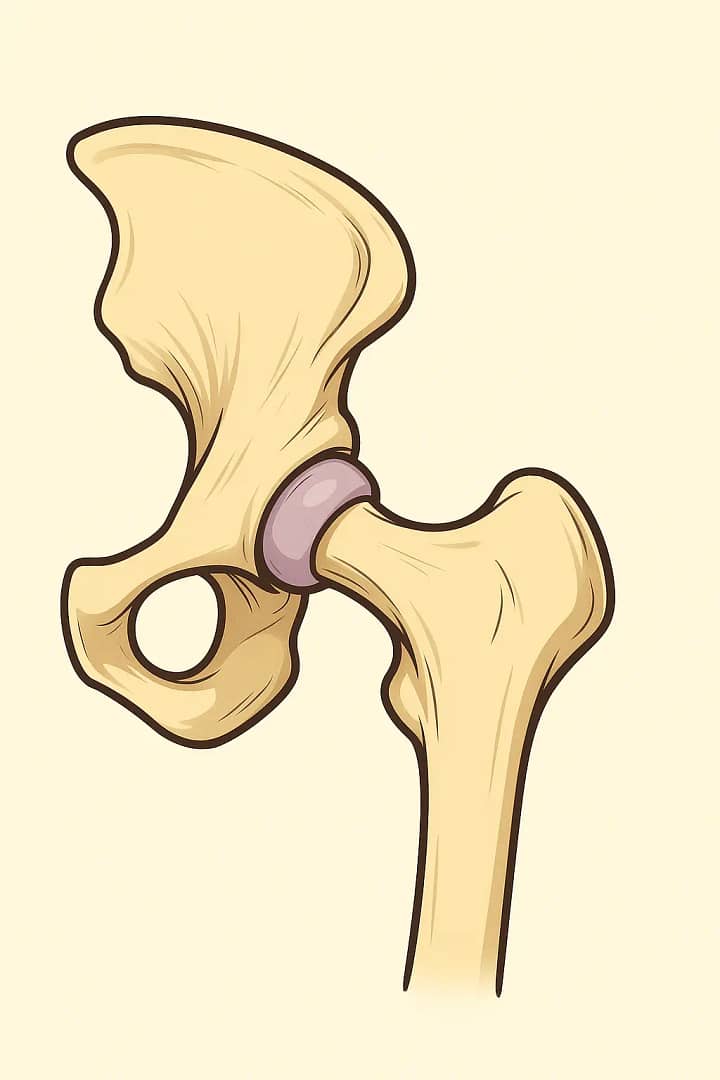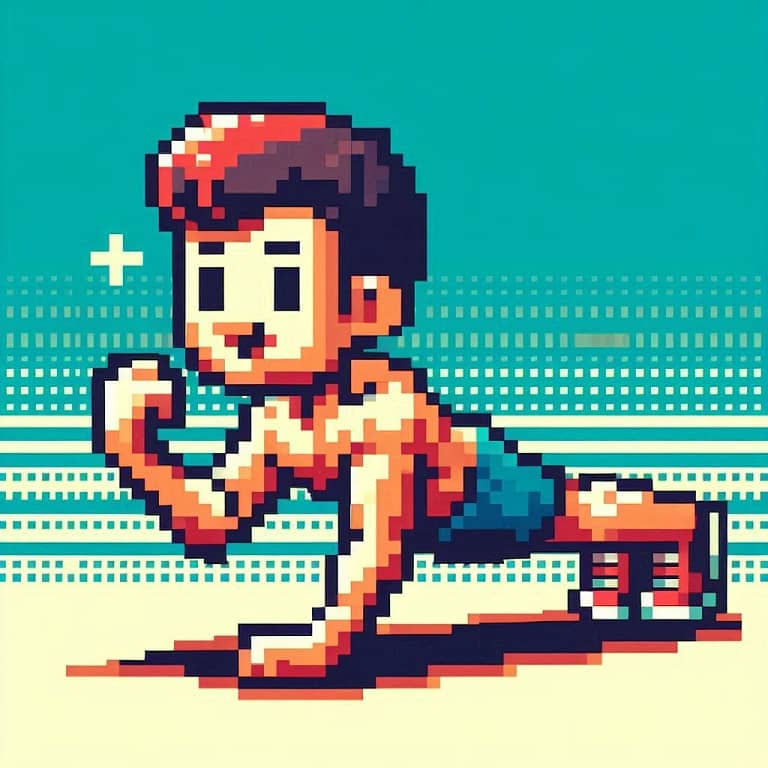Anterior Pelvic Tilt and Back Pain
How to reverse engineer your pelvis for less chronic pain
Understanding Anterior Pelvic Tilt (APT)
Anterior pelvic tilt is one of the most common postural imbalances where the front of the pelvis tilts forward and the back of the pelvis tilts upward. This misalignment puts the lumbar spine into excessive extension and compresses the spine.
Anterior pelvic tilt is often seen in people who sit a lot, have desk jobs, or who have developed tight muscles in the lower back and hips.
Muscles that Contribute to APT
There are a number of things that can contribute to anterior pelvic tilt. It can be caused by excessive sitting, improper weight lifting, or even previous injuries.
Some muscles contribute to apt because they are tonic or overly tight. Others contributes because they are phasic, or weak and inhibited. It’s a simple tug of war equation that looks like this:
Anterior Tilt = Tight Hip flexors + Tight Low Back – (Strong Abdominals, Glutes and Hamstrings)
Reversing this equation will make APT a thing of the past.
The problem: Tight Hip Flexors
A tight psoas can be one of the contributing factors to APT. The hip flexor muscles are located on the front of the hip. They go from the middle of the thigh, up over the pelvis and attach to the lumbar spine.
They usually become tight from excess sitting. Because when we sit, our hip flexor muscles are in their shortened, or contracted position. Except that when sitting, the muscles are passive. So they are getting shorter without having to be contracted. See the problem here?
When you stand up, you become overextended because these muscles now contribute to dragging the pelvis forward and down.
The Fix: Couch Stretches
The problem: Low Back Muscles
The erector spinae muscles are located at the lumbar spine. They run along the length of the lumbar spine and are prone to becoming overactive to compensate for inactivity of the glute and hip muscles.
Because of this, the erector spinae muscles become overactive and tight and when they are tight they drag the pelvis back and upward, leading to unwanted strain on the low back.
The Fix: Low Back Extension
The problem: Weak Abdominals
Weakness in the deep core muscles like the transverse abdominis can cause stabilization issues in the pelvis as well.
When the core is weak, the body leans even more on the hip flexors for pelvic stability which is a problem.
The Fix: The transverse abdominal (TVA) muscle squeeze
The problem: Weak Glutes and Hamstrings
The glutes and hamstrings are an integral part of the posterior chain. Usually, if the hip flexors are tight, the glutes and hamstrings become inhibited. And when these muscles are too weak to counteract anterior pelvic tilt, the problem is compounded.
The Fix: Glute Bridge/Lying Hamstring Curl
Addressing Anterior Pelvic Tilt
Correcting anterior pelvic tilt involves strengthening the muscles that oppose the hip flexors. We are going to have to lengthen the muscles that have become overly tight, and strengthen the muscles that have become inhibited.
To undo APT:
- Stretch the hip flexors with the couch stretch.
- Strengthen and lengthen the lower back muscles
- Strengthen the TVA muscles
- Strengthen the glutes and hamstrings
Couch Stretch
To perform the couch stretch:
- Kneel with one knee down in front of a wall and slide back until you can place your vertically on the wall with your toes pointing straight to the ceiling.
- You will feel a major stretch in the hip flexor (might feel like your quad) of the leg that is against the wall. Try to keep your torso upright.
- Hold this stretch for a minute on each side.
Lower Back Extensions
To perform the lower back extension:
- Set yourself up on the bench with your hands at your slides and simply hold the start position, which is where you are at a 45 degree angle.
- Just holding the start position can help build the low back muscles. If you are comfortable, slowly lower yourself until you are parallel to the floor before returning to the start position.
- Perform 10-15
If you don’t have a 45 degree bench available, utilize the superman.
TVA Squeezes
The transverse abdominis is a hard muscle to target. It can’t be hit with crunches or planks. This is because it is underneath all of the core muscles. Instead, you are going to use one of my favorite exercises that can be performed ANYWHERE.
How to perform the TVA squeeze
- Stand with feet shoulder width apart
- Draw your belly button in towards your spine almost as if you are performing a belly roll. DO NOT hold your breath
- Hold this position for 5-20 seconds. You should not feel as though you are short of breath, because you are not supposed to hold your breath
The transverse abdominis muscles are nicknamed the “corset muscles” because when developed correctly, they allow you to pull your stomach in like a vacuum and give the appearance as though you are wearing a corset. This is also a cheat at making your midsection appear smaller.
Glute Bridges/Lying Ham Curls
Strengthening the glutes and hamstrings is the final piece of the puzzle. Most people have weak glutes and hams, especially hamstrings. These two exercises will help you target both.
How to perform the glute bridge:
- Lie on your back with your knees bent and feet flat on the floor, shoulder width apart. Your arms can rest by your sides.
- Tuck your pelvis under, and push your heels into the floor, squeezing your glutes as you extend your pelvis towards the ceiling. Squeeze until your hips are locked out, forming a straight line from your shoulders to your knees.
- Hold this position at the top for a second or two before lowering your hips back to the floor slowly.
- Perform 10-20 repetitions.
How to do the lying hamstring curl
- Prop a dumbbell up vertically on a small bench
- Lie down on a bench and grab your dumbbell with your feet or have a friend place a dumbbell between your feet. Squeeze your feet together with your toes pointing towards the back wall so that the dumbbell doesn’t fall out.
- Slowly lower the dumbbell until your knees are about locked out. Continue to point your toes behind you so that you can keep hold on the dumbbell.
- Bend at the knees and curl the weight up until your shin is around 45 degrees (any further and the tension is gone)
- Repeat for 8-15 repetitions. Use control!
Conclusion
Anterior pelvic tilt is common in many people and can cause a myriad of health issues, but it can be addressed. By targeting the right muscles and working on balancing flexibility and strength, we can alleviate the issues caused by anterior pelvic tilt and prevent its effects on posture and chronic pain.
Program

Perform this workout 1-2 times per week to make sure that the muscles necessary to counteract the hip flexors are working properly. Increase your total reps each workout.
Key Takeaways
References:
- Alsufiany MB, Lohman EB, Daher NS, Gang GR, Shallan AI, Jaber HM. Non-specific chronic low back pain and physical activity: A comparison of postural control and hip muscle isometric strength: A cross-sectional study. Medicine (Baltimore). 2020 Jan;99(5):e18544.
- Kato S, Murakami H, Demura S, Yoshioka K, Shinmura K, Yokogawa N, Igarashi T, Yonezawa N, Shimizu T, Tsuchiya H. Abdominal trunk muscle weakness and its association with chronic low back pain and risk of falling in older women. BMC Musculoskelet Disord. 2019 Jun 3;20(1):273.
- Kim WD, Shin D. Effects of Pelvic-Tilt Imbalance on Disability, Muscle Performance, and Range of Motion in Office Workers with Non-Specific Low-Back Pain. Healthcare (Basel). 2023 Mar 20;11(6):893.
- Miyachi R, Deguchi M, Nishi Y, Yonekura S, Hara J. Relationship between iliopsoas muscle thickness and hip angle during squats in different pelvic positions. J Phys Ther Sci. 2021 Apr;33(4):351-355.
- Parreira P, Maher CG, Steffens D, Hancock MJ, Ferreira ML. Risk factors for low back pain and sciatica: an umbrella review. Spine J. 2018 Sep;18(9):1715-1721.





